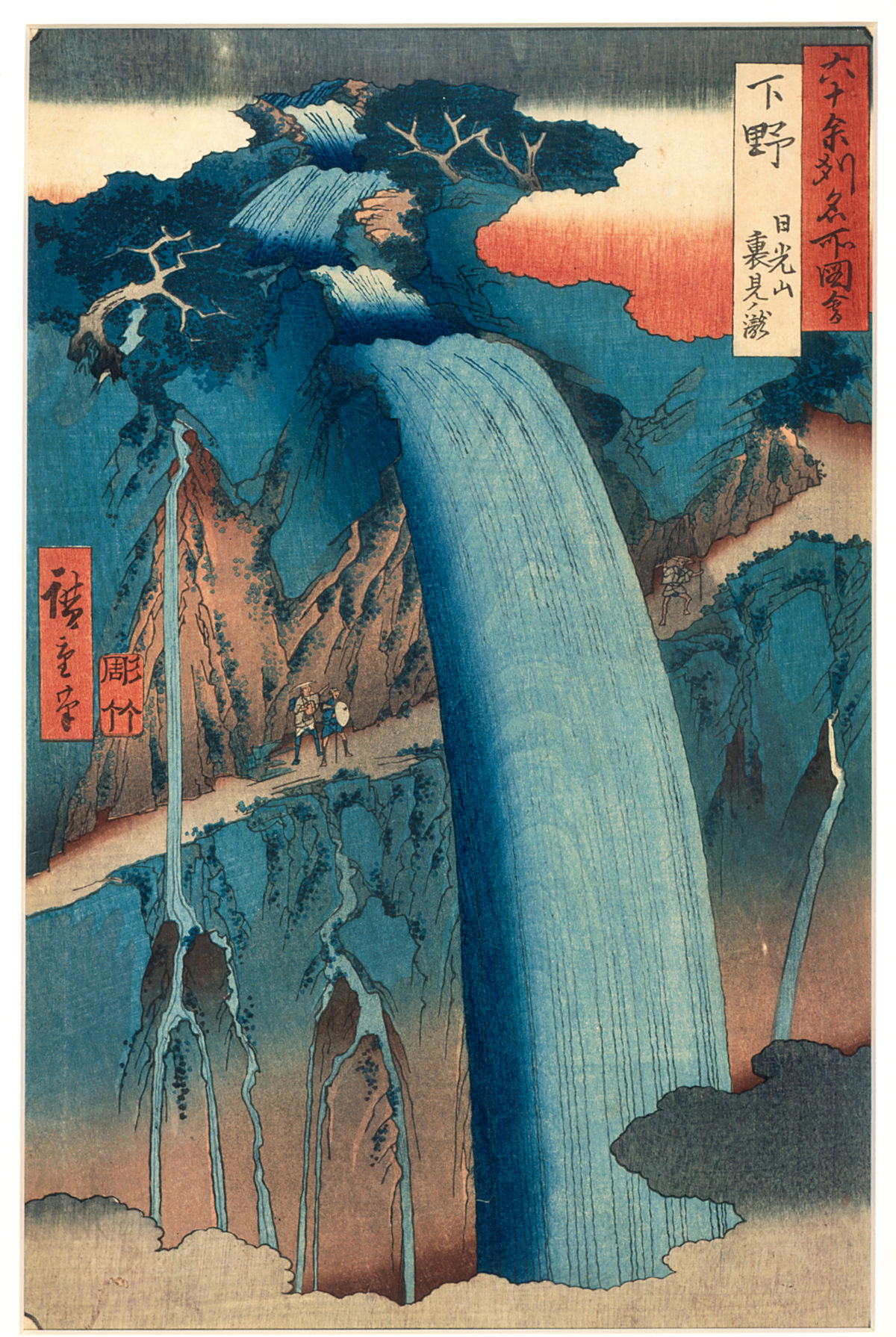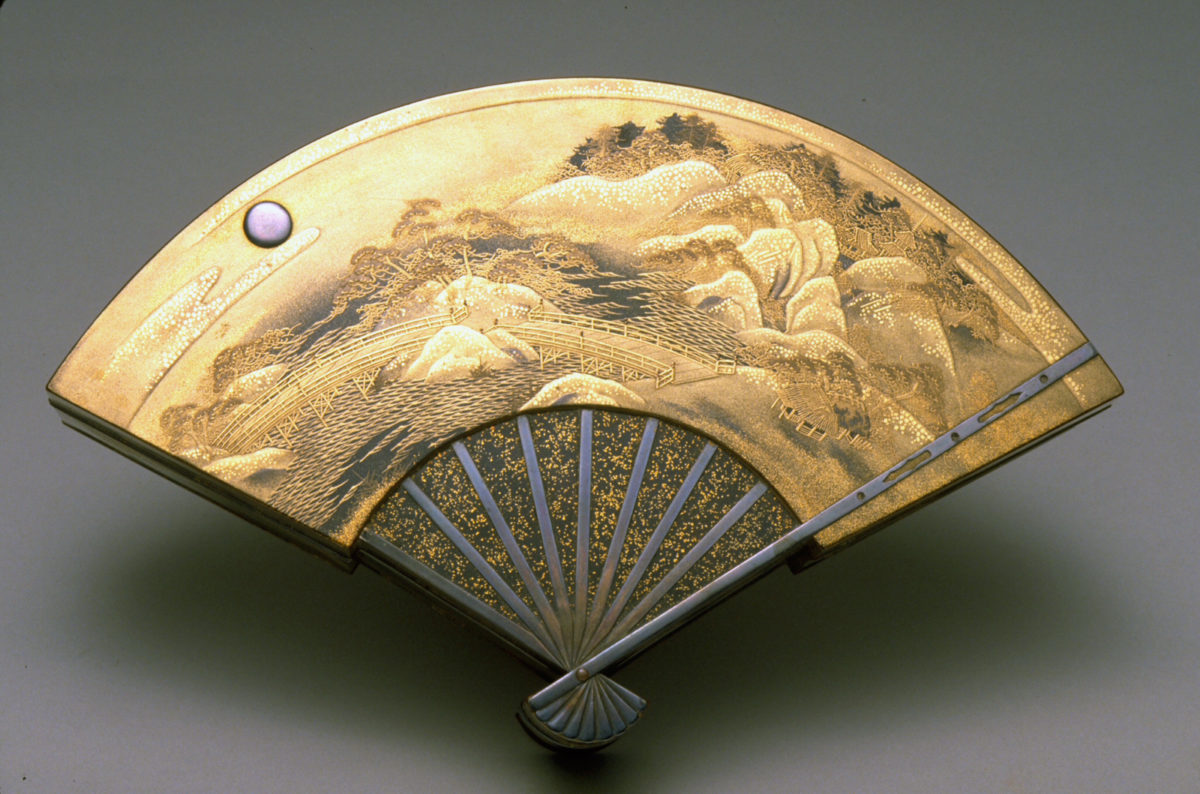Activity
Exploring Japan’s Geography through Visual Analysis
Objective: Students will:
1) Build geographical awareness by identifying geographical features and resources that are specific to Japan
2) Analyze how these features affected Japanese culture and econmic life.
3) Develop argumentative responses utilizing their conclusions.

Common Core Standards:
History-Social Science Content Standard: 7.5 Students analyze the geographic, political, economic, religious, and social structures of the civilizations of Medieval Japan. 7.5.1 Describe the significance of Japan’s proximity to China and Korea and the intellectual, linguistic, religious, and philosophical influence of those countries on Japan.
Common Core Reading and Writing Standard(s):
Integration of Knowledge and Ideas
7. Integrate and evaluate content presented in diverse media and formats, including visually and quantitatively, as well as in words.
Writing Standards
1. Write arguments focused on discipline-specific content.
Lesson Teaching Thesis:
The natural resources of Japan created a distinct culture based on both isolation and regional connections. Japan, due to being an archipelago, is isolated by the surrounding oceans. Equally, the percentage of mountainous terrain created barriers within Japan, which hindered unification. The lack of some resources created a need for trade that promoted contact and exchange with the Asian mainland.
Warm-up: Human Development and the Environment
The teacher brainstorms with the class about the role of geography in human development:
- How does the environment shape available natural resources?
- How are those resources used to provide for the basic needs of food, shelter, clothing, tools, weapons, domesticated animals, art, religion, & organizational systems?
- In what ways does the availability (or lack of availability) of resources impact and influence a culture?, i.e. How does the scarcity of water impact the development of . . . ? Why does it do so? and How do you know (evidence)?
- Can the society being studied sustain their culture with only local resources?
- Do they interact with other cultures for resources? How does that contact impact/change their culture? Is this impact positive, i.e. trade, or negative, i.e. conflict?
Part 1: Analysis of Physical Geography and Resources
These images help students identify the basic geography and available resources in Japan.
- The teacher leads the whole class through the analysis of the first images, then students can work in groups to complete the image set.
- Students use the handout, Image Analysis Graphic Organizer, to take notes responding to the prompts for each of the five images.
- After reviewing the images, teacher leads a discussion and models filling in the “Brainstorming” box and begins constructing a written response in the “Paragraph” box
Part 2: Human Adaptations and Resources Analysis
This set of images help students understand how humans have utilized the available resources to meet basic needs.
- The teacher may model the first image analysis as before, but students are encouraged to collaboratively explore and analyze this second image set.
Section 3: The Impact of Japan’s Geography on its Isolation vs. Interconnectedness
This set of images helps students explore the ways Japanese society created connections internally and externally.
- In this section, following group discussion of the images, students are expected to be able to independently brainstorm conclusions and write a written response that builds on the previous two sections and addresses the lesson focus question.
History-Social Science Framework Alignment:
- How did the distant regions of the world become more interconnected through medieval and early modern times?
- How did the environment and technological innovations affect the expansion of agriculture, cities, and human population?
- What impact did human expansion have on the environment?
Historical Thinking Concept and Guidepost:
Evidence: We use evidence to make inferences. Evidence must be corroborated.
Cause & Consequence: Causes and consequences result from an interconnected web of conditions and actions.
By: Evette Allen, San Jose Unified School District in partnership with UC Berkeley History-Social Science Project, 2017.









